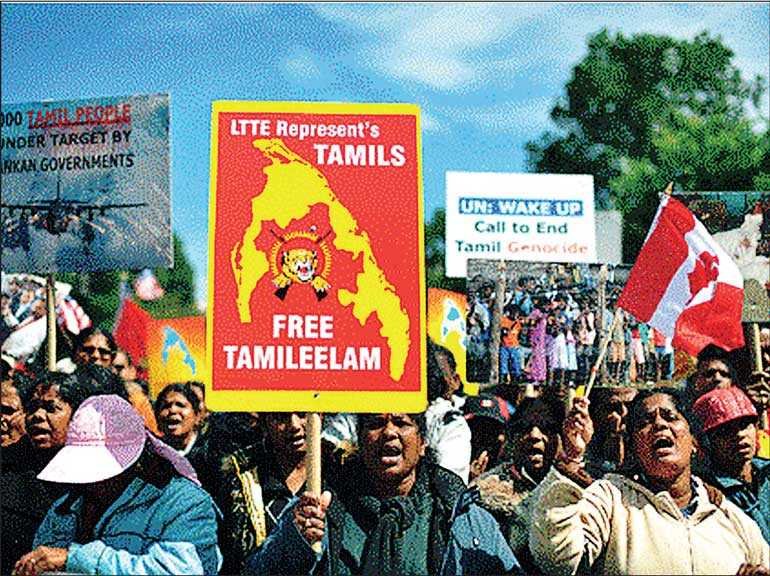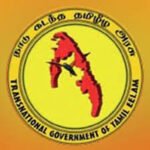
History Of Tamil Eelam
Tamil Eelam refers to the proposed independent state for Tamils in the Northern and Eastern provinces of Sri Lanka. The concept emerged primarily due to the grievances of the Tamil ethnic minority, who felt marginalized in a country that has been largely dominated by the Sinhalese majority.
Key Historical Points:
- Colonial Era: The roots of Tamil nationalism can be traced back to the colonial period when the British governed Sri Lanka (then Ceylon). They favored Tamils for administrative roles, which sowed seeds of division between Tamils and Sinhalese.
- Post-Independence (1948): After Sri Lanka gained independence, policies favoring the Sinhalese majority, such as the “Sinhala Only” Act in 1956, marginalized Tamils further. This led to widespread discontent among the Tamil population.
- Emergence of Political Movements: In the 1960s and 70s, various political movements emerged demanding rights for Tamils. The Tamil United Liberation Front (TULF) called for a separate Tamil state in 1976.
- Formation of Militant Groups: In the late 1970s and early 1980s, disillusionment with peaceful political solutions led to the rise of militant groups, most notably the Liberation Tigers of Tamil Eelam (LTTE). The LTTE became the most prominent organization advocating for an independent Tamil Eelam.
- Civil War (1983-2009): The conflict escalated into a brutal civil war between the Sri Lankan government and the LTTE, marked by severe human rights abuses on both sides. The war resulted in significant loss of life and displacement of people.
- Final Stages of War: In 2009, the Sri Lankan military launched a final offensive against the LTTE, leading to the death of its leader, Velupillai Prabhakaran, and the defeat of the LTTE. The end of the war was declared in May 2009, but allegations of war crimes and human rights violations emerged.
- Post-War Period: The aftermath of the war saw ongoing tensions between the Tamil community and the Sri Lankan government. Issues such as land rights, political representation, and accountability for wartime actions remain contentious.
- Current Status: The aspiration for Tamil Eelam continues to inspire some segments of the Tamil population, while others seek reconciliation and autonomy within a united Sri Lanka. The political landscape remains complex, with various Tamil political parties advocating for different approaches to address the rights and concerns of Tamils.
The history of Tamil Eelam is marked by a struggle for identity, autonomy, and recognition within a multi-ethnic state, reflecting broader themes of nationalism and conflict.






